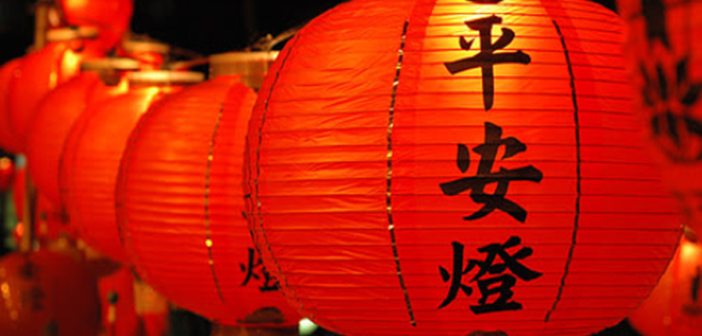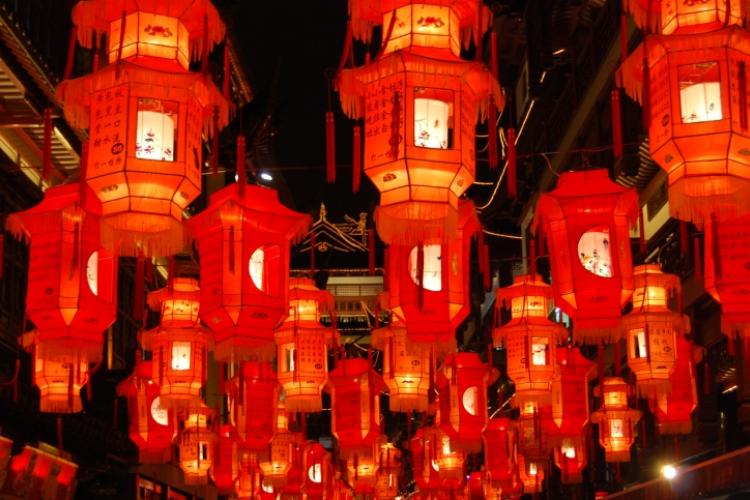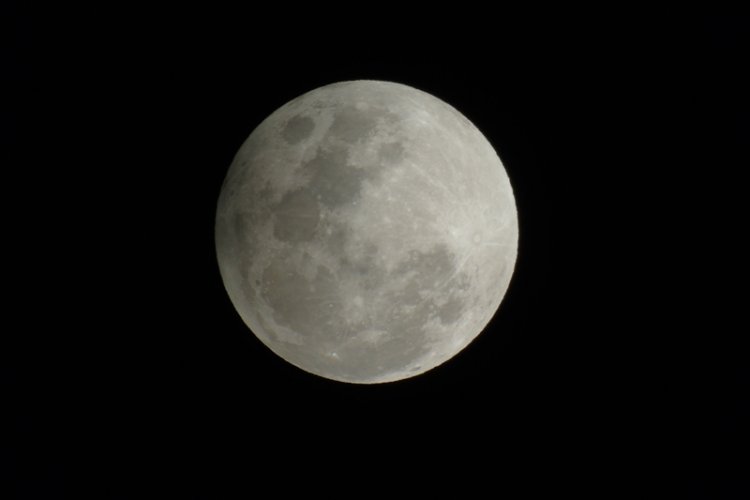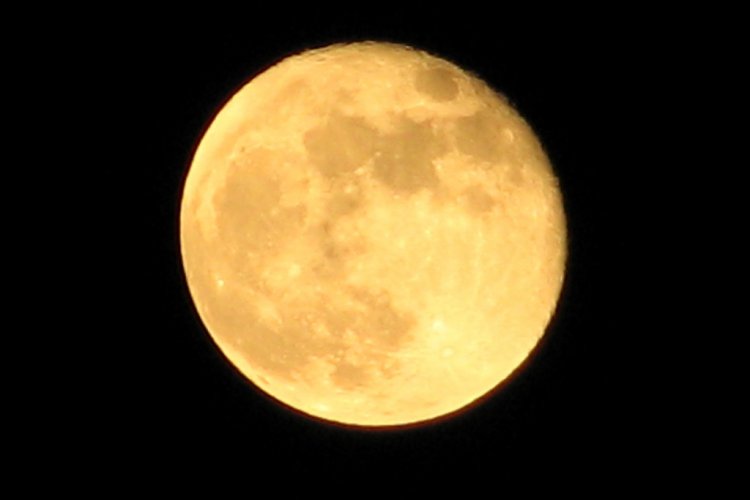Celebrating Lantern Festival in Beijing: Traditions, Lantern Fairs, and Tangyuan
Lantern Festival, also known as Yuanxiao Festival or Shangyuan Festival, is a traditional holiday with great significance and marks the end of Chinese New Year celebrations. Lantern Festival always falls on the 15th day of the first lunar month, Friday, Feb 26 this year.
There are a number of different stories as to the origins of Lantern Festival, most of which can be dated back to the Han dynasty (206 BC-220 AD). The most widely accepted story is that during the early Han period, a time when Buddhism started gaining more influence in China, Buddhist monks would light lanterns to worship Buddha on the 15th day of the first lunar month. Since the then-reigning Ming Emperor was eager to promote Buddhism throughout the country, upon learning of this tradition he demanded that all citizens follow suit and also light lanterns.
The festival was henceforth celebrated around the country and involved various traditions and folk customs, which apart from lighting lanterns also includes solving lantern riddles, worshipping deceased relatives, and lion or dragon dancing. It’s also a time for reunion, with families coming together to appreciate the bright full moon and eat tangyuan (round rice dumplings with sweet fillings) as well as enjoy other festive activities.

However, lighting and watching lanterns of different colors, sizes, and shapes remains the biggest draw for the holiday. Many of the lanterns are shaped as traditional Chinese images and symbols such as animals because, in Chinese culture, specific animals often stand for something fortuitous. For example, fish represent abundance (as in for the upcoming harvest), and horses represent energy and vitality.
Also, the Chinese character for lantern, 灯 dēng, contains the radical, 火 huǒ, fire, and 丁 dīng, people, and therefore many believe that lighting lanterns will bring families a bright future and more children. Families living in ancient times would often light multiple lanterns so as to better demonstrate their wishes.

As for lion dances, in ancient times people regarded the lion as a symbol of bravery and strength and would therefore perform lion dances at important occasions to ward off evil spirits and pray for good fortune and safety.

The tradition of eating tangyuan – round dumplings made from glutinous rice flour and sweet fillings such as sesame seeds, peanuts, or bean paste – is believed to come from the fact that the filling dessert is pronounced similarly to 团圆 tuányuán, which means reunion and closeness. The whole family gathers together on the evening of Lantern Festival to eat tangyuan as a way to express their best wishes for a year and happiness for their family.
READ: Make Like a Lantern and Get Lit at These Lantern Festival Events
This article originally appeared on our sister site beijingkids.
Images: New China, theworldofchinese.com







